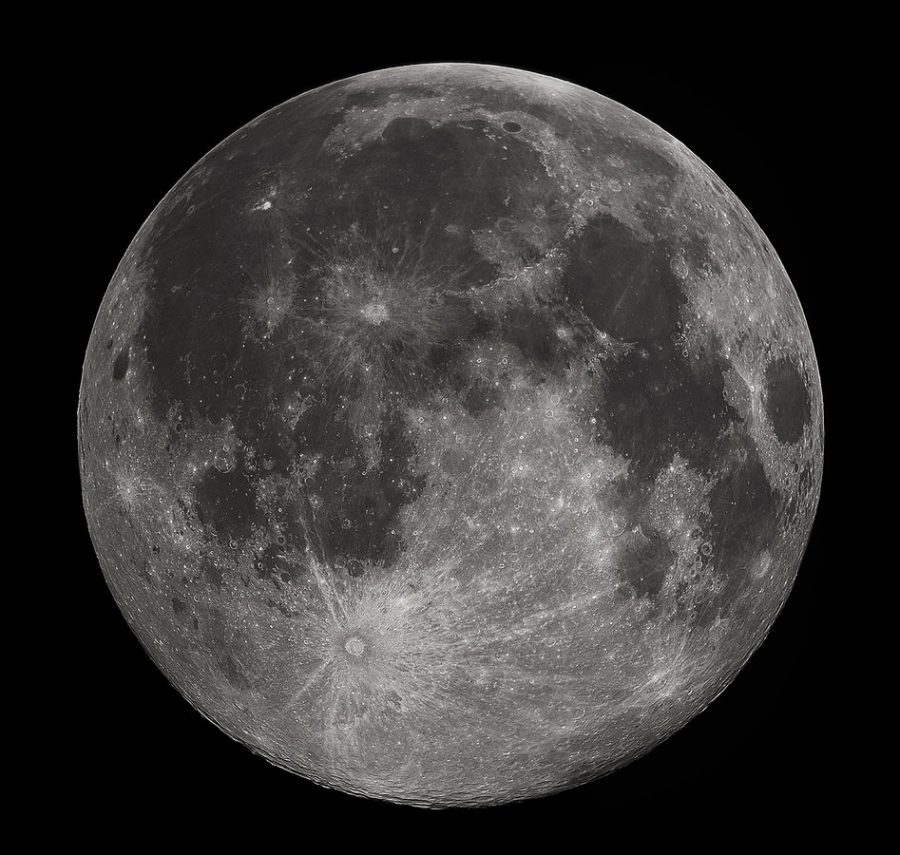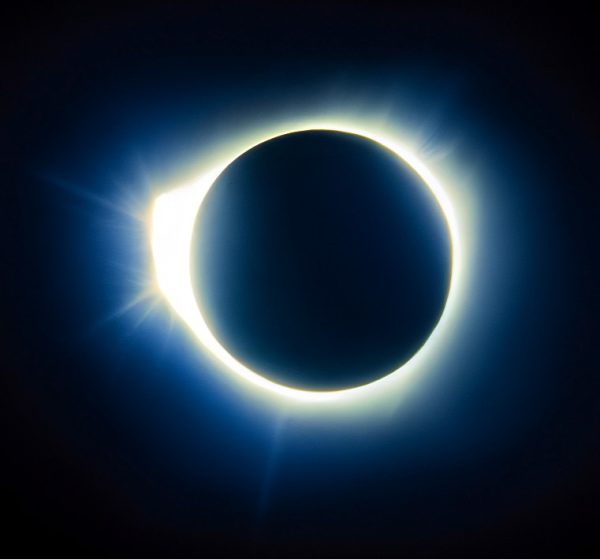The Worm Moon
Every month there is a different name for the full moon. Recently on February 27th, there was a full snow moon. Main farmers from the 1930s started to call the moon in February the Snow Moon because of its constant snowfall. According to (Worm Moon? Why does this supermoon have such an odd name, and when can you see it?) the Snow Moon was also known as the hunger moon because during that time of the month it was extremely difficult to go hunting for food. This month, the first full moon of March has a different name and meaning. It is called the Worm Moon.
“The Worm Moon is considered the last full moon of winter and is named after earthworm casts that appear as the ground thaws, NASA reported. It also signifies the time of year when earthworms and grubs come out of dormancy, according to the Farmer’s Almanac.” (The Next Full Moon) The Worm Moon represents the end of winter and the beginning of something new. As the snow starts to melt and fade away earthworms come up from underground being the first to feel free from the coldness of the snow.
Different cultures also call it different names such as the Crow Moon, Crust Moon, and Sap Moon. All representing that winter has ended just with a different story. The Crow Moon shows that once winter starts to end the cawing of crows fills the air, the Crust Moon represents the crusty snow finally melting away, and the Sap Moon because maple sap begins to grow and flow through maple trees beginning to get ready to be made into sweet maple syrup. March’s full Moon is quite special. During full Moon nights, some people like to do the Moon ritual. Moon rituals originated in cultures that worshipped the moon. When full Moon rituals occur people like to set intentions and feel empowered. It’s like wishing upon a shooting star. The Worm Moon is a great time to do one of those rituals because it is the beginning of a warm start.











